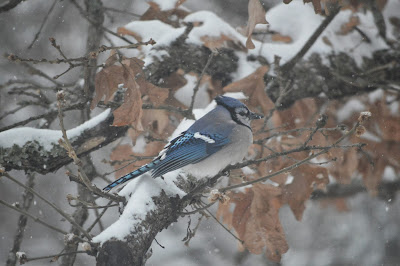The birth of a child is not only the creation ofnew life; it is also the transformation of a woman into a mother. Eventually itis also the transformation of a man into a father, however, that transformationhappens more slowly over time. A parent is someone you become. You areforever changed. In this loss of self-identity, there is morning, no matter howmuch you enjoy being a mother. Furthermore, parenting is the hardest job youwill ever encounter. It is fuller than any full-time job, more demanding thanany career, and there is more at stake than in the riskiest stunt.
As an artist, a writer, my biggest loss is that ofmy art. There is no time for a mother, especially a mother of little ones, todive head first into art and float on inspiration for a day. All I can dois grab fractions of time here and there, between snotty noses and dirtydiapers, and there is not much chance for inspiration in those fleetingmoments. When the day comes to an end and the children are asleep, I often havea little time. In my exhaustion, there is little inspiration. Every mother who wasonce a writer or a painter, a weaver or a gardener, a dancer or a musicianmisses the woman who could wait for inspiration to come and then seizethat beauty and bask in it for as long as it lasted.
Nevertheless, you must grab all the inspiration youcan find and steal every moment you can get. Do not forget to do what you love.Never abandon your art. Your children should see you being yourself and expressingyourself. It may seem there is no time, but really there is. It will not beeasy to find, but it is there. Sure, the dishes and laundry might pile up, butyou will have to make that sacrifice. In the end you will not look back andregret neglecting your chores, and neither will your kids. On the contrary, theart you accomplish will make you happier, which will reflect positively on yourparenting and therefore on your children.
When you are swimming in dishes and laundry it is easyto forget that everything you are doing is important. But the tone of your voice,the expression on your face, and the way you go about your daily duties isteaching your children and influencing who they will become. You don't have tobe sitting on the floor playing blocks, engaging, for the art of parenting tobe taking place. Everything you do becomes art once you are parenting. Unlikeany other art, parenting never stops. The art of parenting isin everything you do and everything you are in every moment you arewith your children.
There is an art to good parenting, but no one knowshow to do it. Like artistic beauty, good parenting is in the eye of the beholder. Noone should judge art any more than they should judge parenting methods. But nomatter the parents’ methods, the creation of an amazing human is the mostbeautiful work of art on earth. A well rounded young person with a kind heart,nimble mind, and strong body is a reward beyond the wildest artist’s dreams.
So next time you are inspired but you have no time,or you have time but not an ounce of inspiration, just remember that thoselittle ones ARE your art. Now that you are a parent, there is nothing moreimportant, no greater art!










